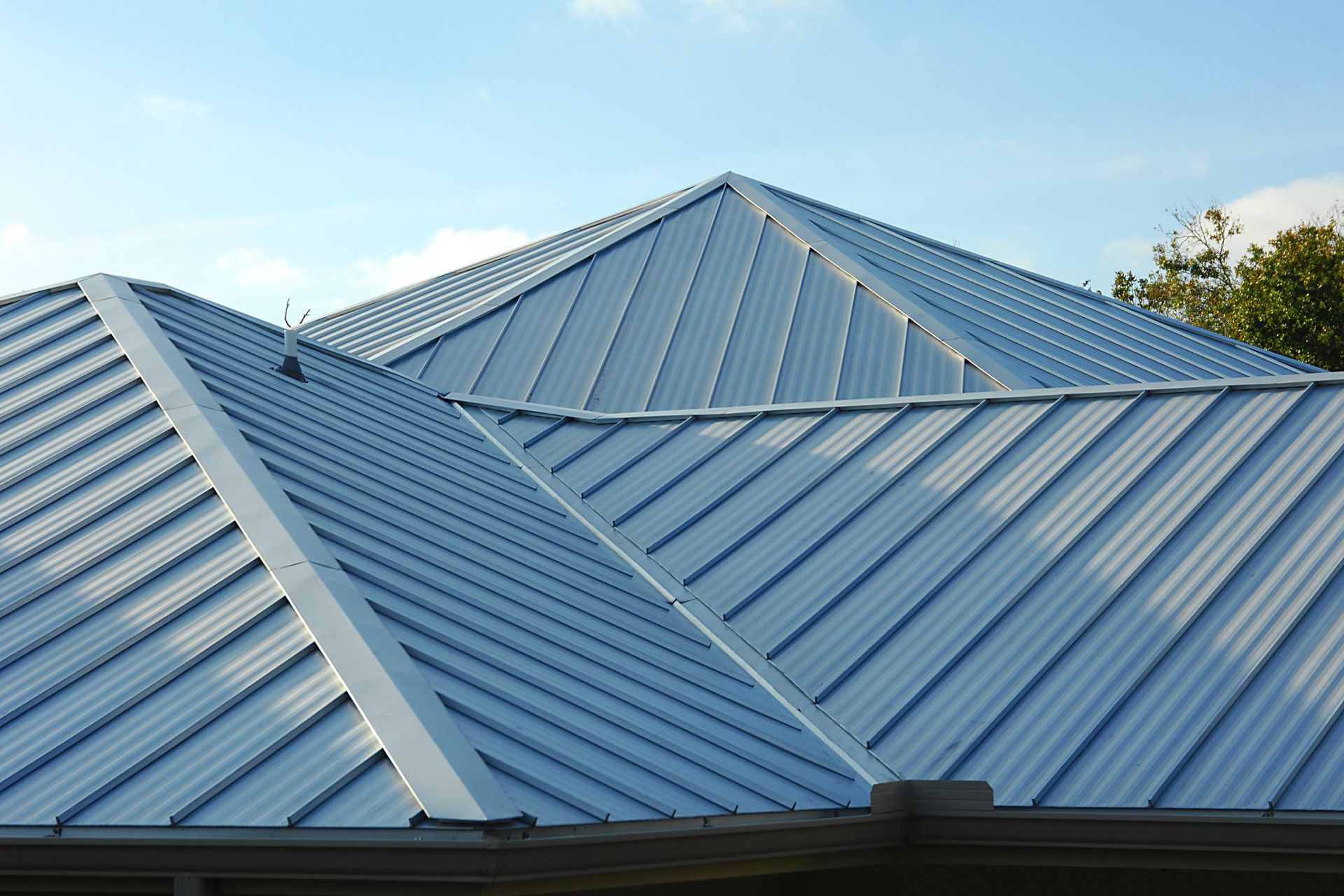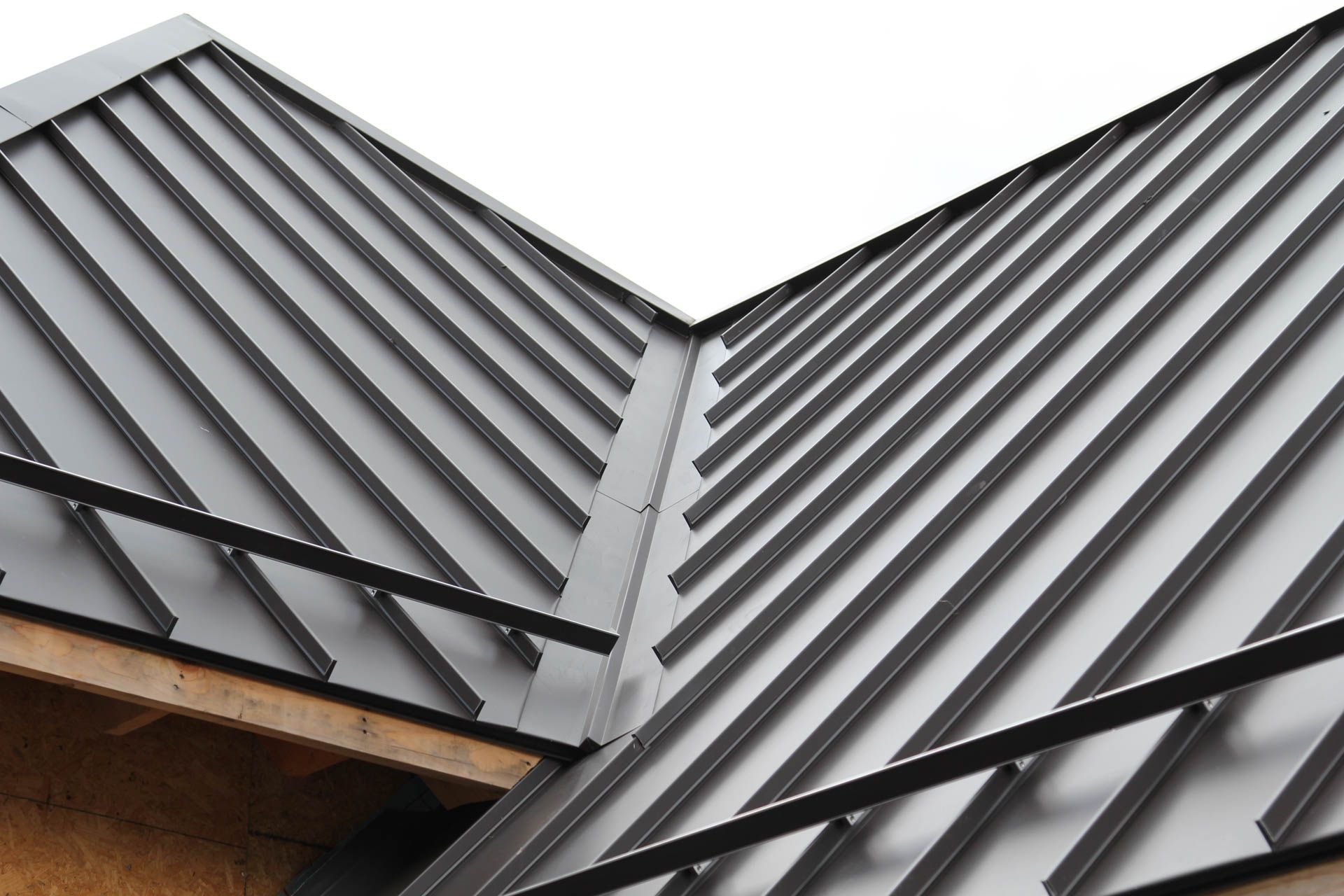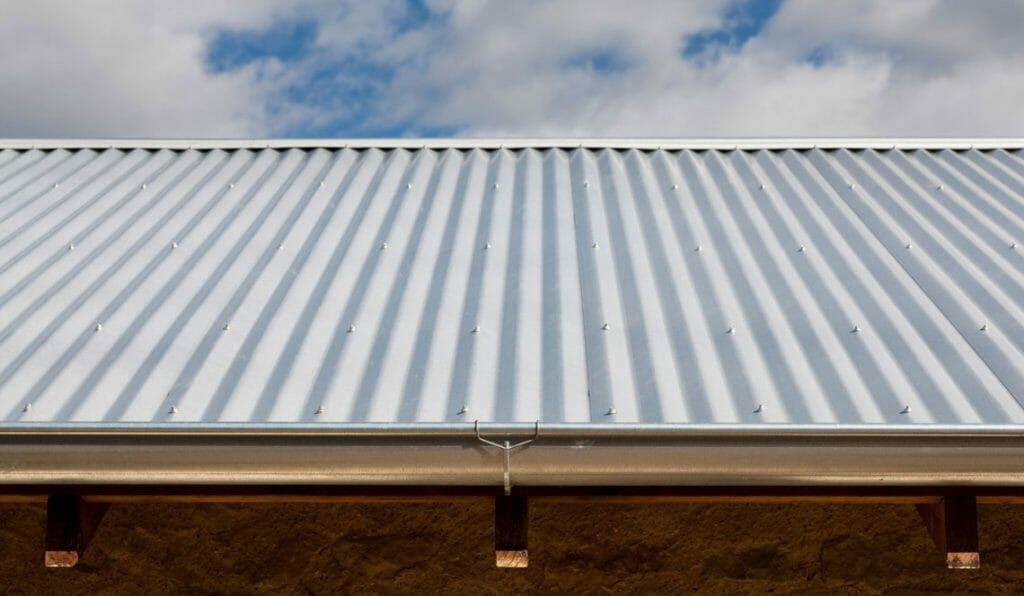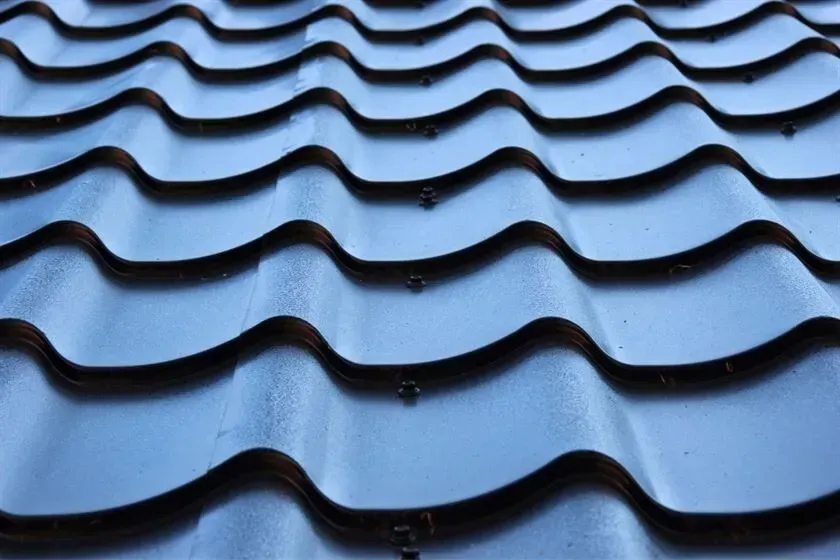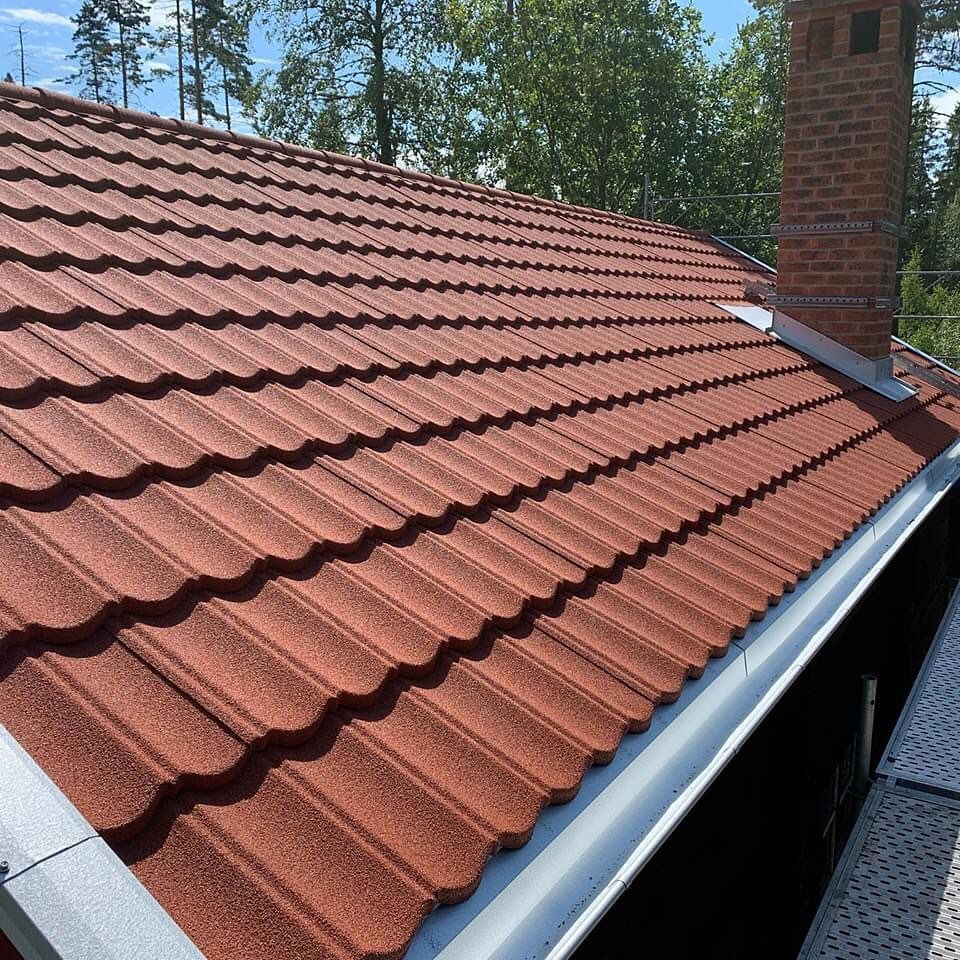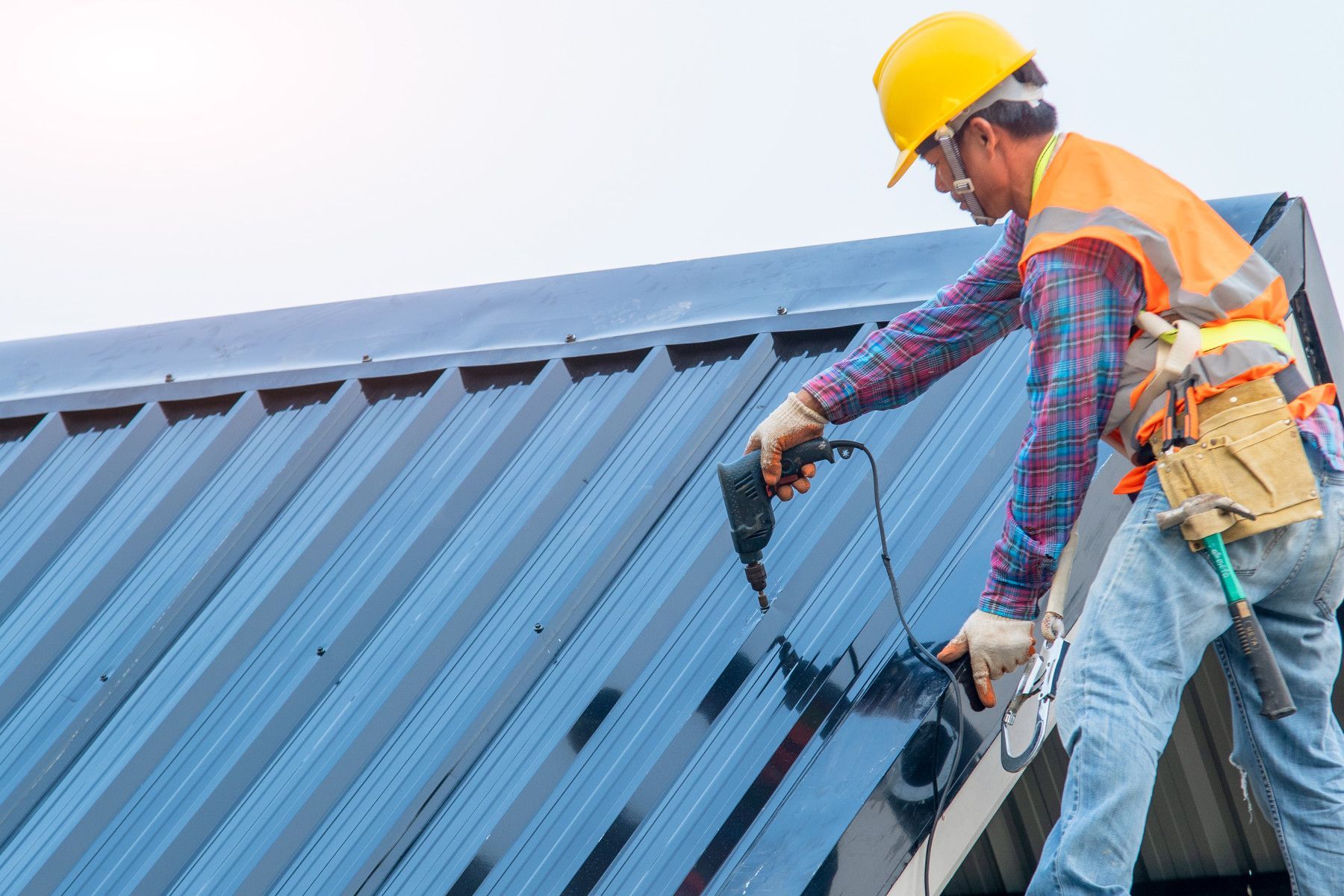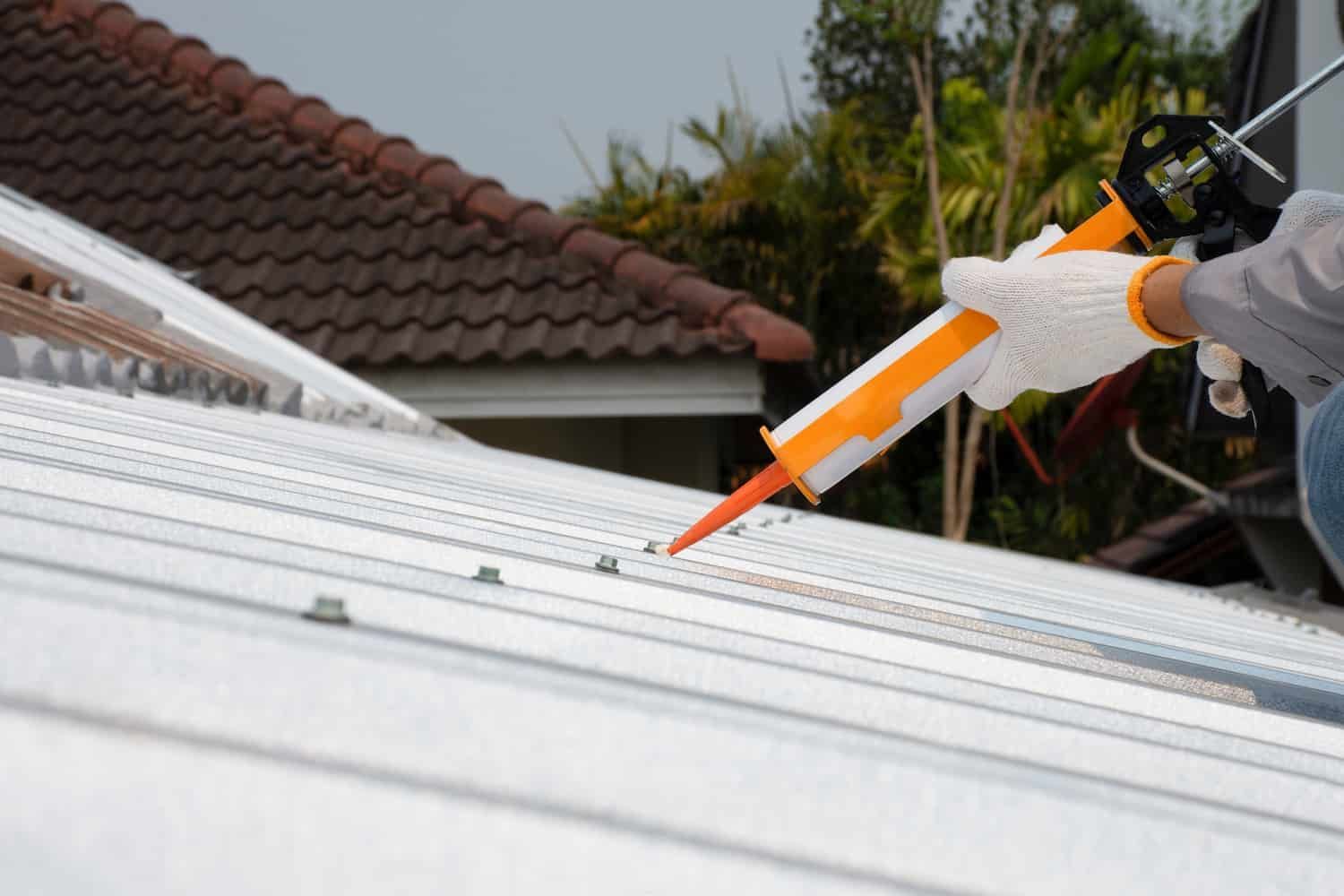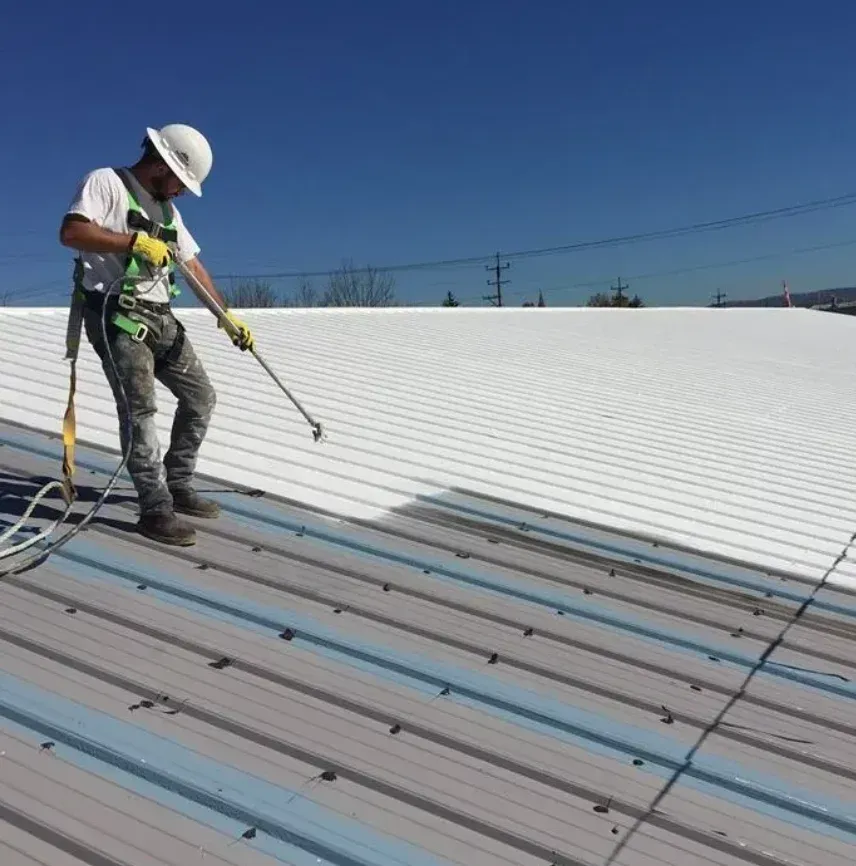FAQs
Metal roofing in Washington DC comes with unique considerations due to the city's climate and building codes. We address common inquiries about costs, materials, styles, maintenance, and performance.
What factors affect the cost of metal roof installation in Washington DC?
Several elements impact metal roof pricing in DC. The size and pitch of the roof play a big role. Material choice is crucial, with options like steel, aluminum, and copper varying in price. Labor costs can differ based on project complexity.
Accessibility of the building site may affect costs. Permits and inspections required by DC authorities also factor into the total price.
Which metal roofing material offers the longest lifespan for buildings in Washington DC?
Copper metal roofing typically provides the longest lifespan in DC's climate. It can last over 100 years with proper care. Copper develops a protective patina over time, enhancing its durability.
Zinc is another long-lasting option, often reaching 80-100 years. High-quality steel and aluminum roofs can also endure 50-70 years in DC's environment.
Can you outline the main differences between standing seam and corrugated metal roofs?
Standing seam roofs feature vertical panels with concealed fasteners. They offer a sleek, modern look and excellent water shedding. Installation is more complex, resulting in higher costs.
Corrugated metal roofs have a wavy pattern and exposed fasteners. They're more affordable and easier to install. However, they may require more maintenance due to exposed screws.
What maintenance requirements should be considered for metal roofs in Washington DC climate?
Regular inspections are key for metal roofs in DC. We recommend checking for loose fasteners or damaged panels twice a year. Clearing debris from valleys and gutters prevents water buildup.
In winter, safe snow removal may be necessary to prevent ice dams. Repainting might be needed every 20-30 years, depending on the metal type and coating quality.
How does metal roofing performance compare to other materials in extreme weather conditions?
Metal roofs excel in DC's variable climate. They shed snow and rain efficiently, reducing the risk of leaks. High wind resistance makes them suitable for storm seasons.
In summer, metal roofs can reflect solar heat, potentially lowering cooling costs. They're also fire-resistant, providing added safety during dry spells.

